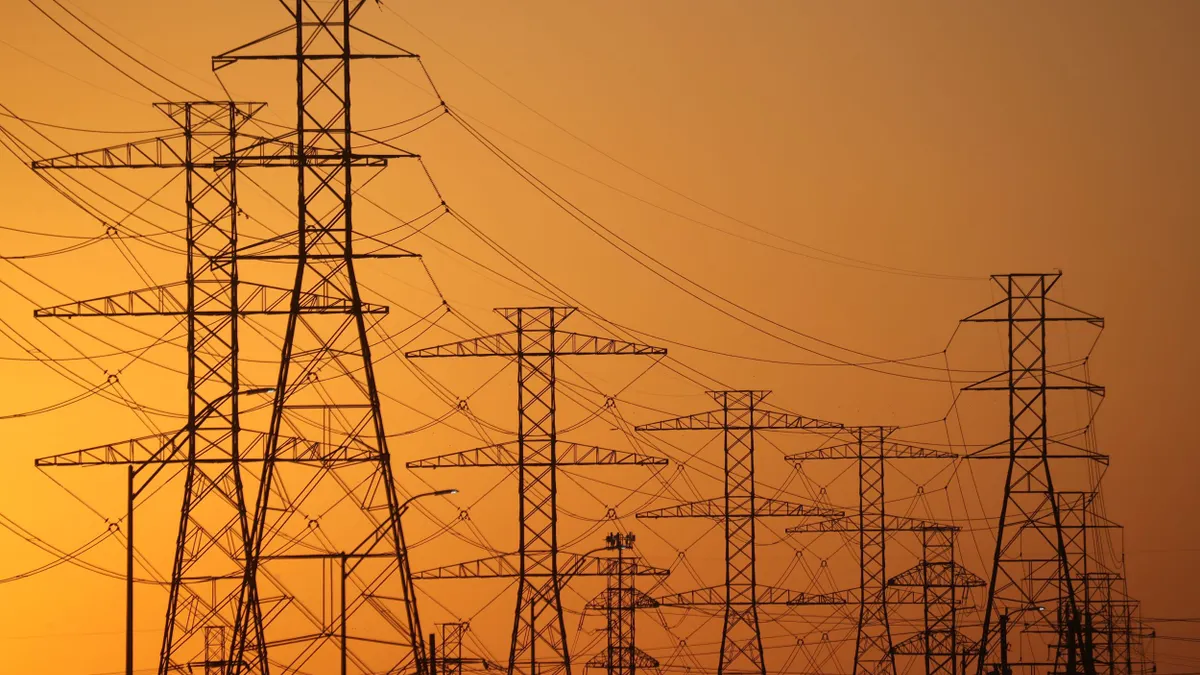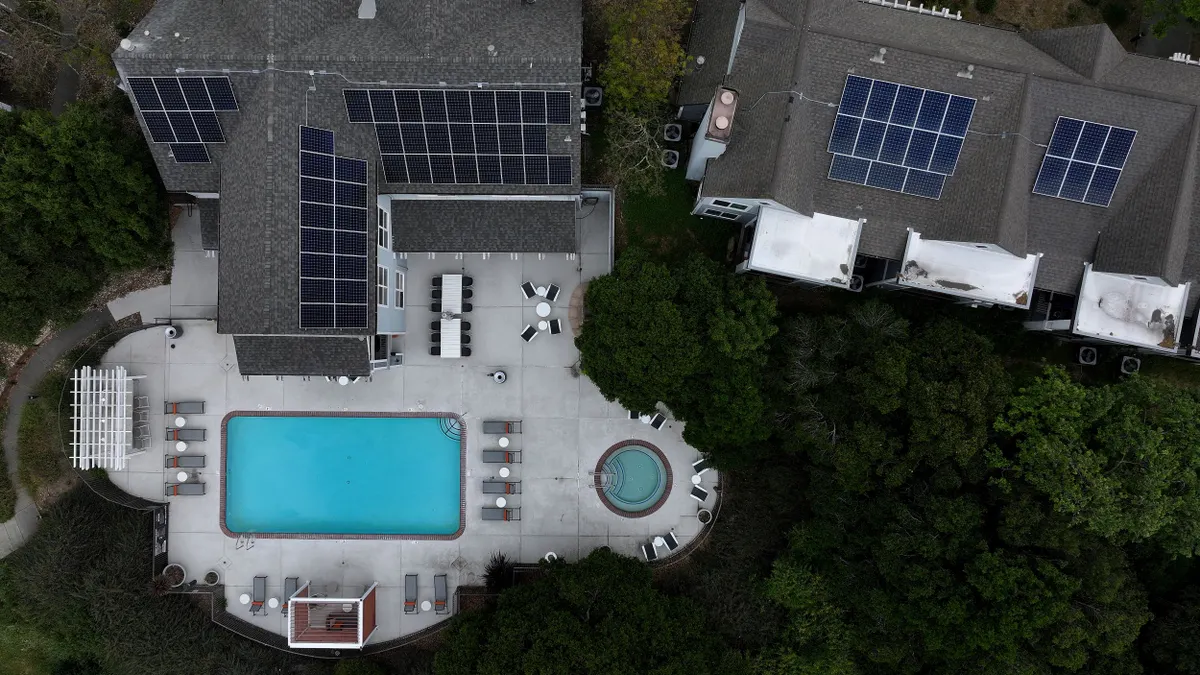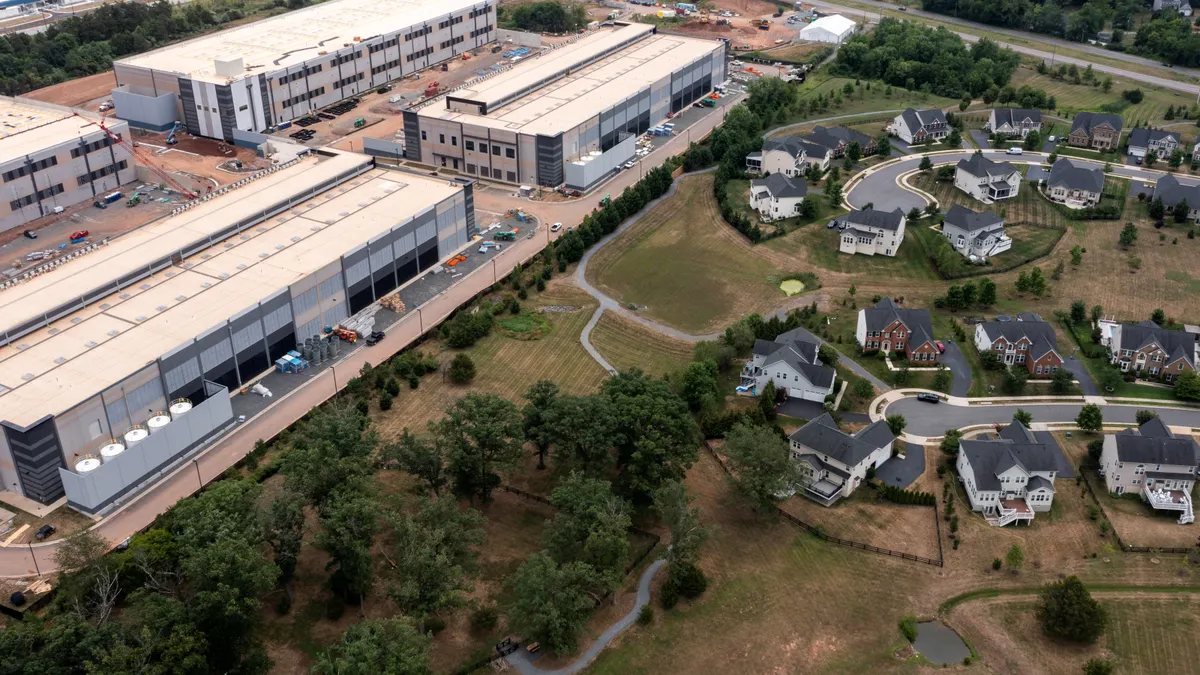South Carolina and Minnesota are not typically considered hotbeds of interest for electric vehicles (EVs), but customers will soon have more opportunities to consider them as local utilities have announced a combined $35 million in investment aimed at jump-starting the market.
The bulk of that will be in Minnesota, where Xcel Energy has filed a proposal with state regulators to invest $25 million to increase access to EVs through home and public charging and the development of electric vehicle fleets.
In South Carolina, Duke is proposing to spend $10 million on four programs with significant research and data collection aspects. The programs focus on residential charging and public DC Fast Charging, as well as encouraging development of electric bus fleets.
Both South Carolina and Minnesota have EV adoption rates below 1% as a portion of light duty vehicle sales, but both also saw double-digit growth in EV sales last year, mirroring a nation-wide trend, according to EVAdoption.
Right now, the marketplace looks about how you might expect: EVs have just over 5% market share in California, while Washington, Oregon, Vermont and Hawaii have adoption rates over 2%. Those are the high end: In more than half the states, EVs have market share under 1%.
But while the number of EVs on the road today remains small, the long-predicted growth appears to be happening. About 40 states showed year-over-year increases in electric vehicle sales higher than 15%, and according to the Edison Electric Institute the vehicle counts will swell from less than 1 million today to 7 million by 2025.
"It does seem we're on the precipice of a major revolution," Cassie Powers, senior program director at the National Association of State Energy Officials, told Utility Dive.
Which is why utilities are moving as quickly as possible to roll out charging infrastructure, ensure their grids can meet the new demand and develop strategies so EVs act as a grid resource. In addition to the added electricity sales and higher revenues, utilities see system efficiency savings and the potential to use EVs for demand management and to soak up more renewable energy.
Xcel will assist with electric car-sharing pilot
Xcel filed its application with the Public Utilities Commission last week, describing planned initiatives and pilot programs that will focus on three main areas: home charging, public charging and fleet operations.
Utilities are viewing electric vehicles as "an opportunity to make the most of our clean energy investments," Chris Clark, president of Xcel's Minnesota operations, said in a statement. The utility's proposal is the result of "months of research and discussions with stakeholders who are as invested in the future of EVs as we are."
According to the utility's calculations, driving an electric vehicle charged on Xcel's system would mean one-third the emissions of a gasoline-powered vehicle at the equivalent of paying $1/gallon. And the utility offers EV owners a rate plan that allows them to charge with 100% wind power.
For residential charging, Xcel plans to offer a new subscription service that will provide drivers with a set bill for EV charging and equipment each month. And Xcel will offer programs and options encouraging drivers to charge overnight when low-cost wind energy is available.
Xcel said it is also proposing a DC Fast Charging (DCFC) corridor pilot that would "leverage public and private funds to increase the availability of fast charging stations on highways and other major corridors."
The cities of Saint Paul and Minneapolis have also been working with Xcel on a proposed a pilot to support a "charging network for everyone who travels through the Twin Cities, including those who may not own vehicles," through partnership with a local nonprofit car-sharing service.
And the utility will focus on electric fleets, helping customers like Metro Transit, the Minnesota Department of Administration and the City of Minneapolis to integrate EVs into their operations. Among the fleet initiatives, Xcel said it is also looking to provide charging infrastructure for 200 ports for the state's vehicle fleet and 90 charging ports for the Minneapolis fleet.
Duke will test V2G capabilities of school buses
Duke officials are trying to learn as much as possible about the burgeoning electric vehicle sector, while also installing what they call a "foundational level" of DCFC infrastructure to allow for growth. Overall the utility is proposing $10.4 million in investments in four programs.
On the residential side, up to 400 customers installing Level 2 charging equipment would receive a rebate and quarterly incentive payments to allow Duke to manage the charging station during certain hours.
Two programs focus on buses and the infrastructure necessary to power them as electric fleets. To help replace older diesel buses, Duke plans to provide financial support for the purchase of about 30 electric school buses, which will then be used to test their vehicle-to-grid (V2G) capabilities.
The program "will test bidirectional power flow abilities of electric school buses and the potential to use their batteries during times of high electric demand or during disaster recovery," along with studying the charging characteristics and usage patterns, Duke said. The utility will also provide support to "eligible transit agency customers" to procure electric transit buses.
And Duke said it is planning to install, own and operate up to 30 DCFC stations in South Carolina "to provide a foundational level of infrastructure and facilitate EV market growth."
A lack of charging infrastructure is often cited as a barrier, Lang Reynolds, Duke Energy's manager for electric transportation initiatives, said. "That's why our proposed pilot programs are designed to install a foundational level of fast charge infrastructure and better understand the effects of increasing adoption of electric transportation," he said in a statement.
The pilot programs would run three years and will need approval from the S.C. Public Service Commission.






















